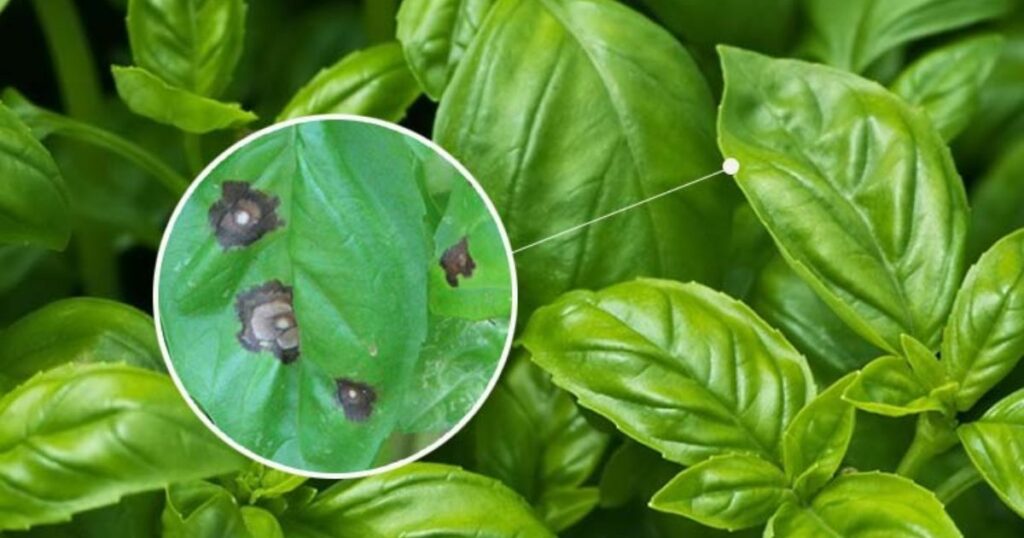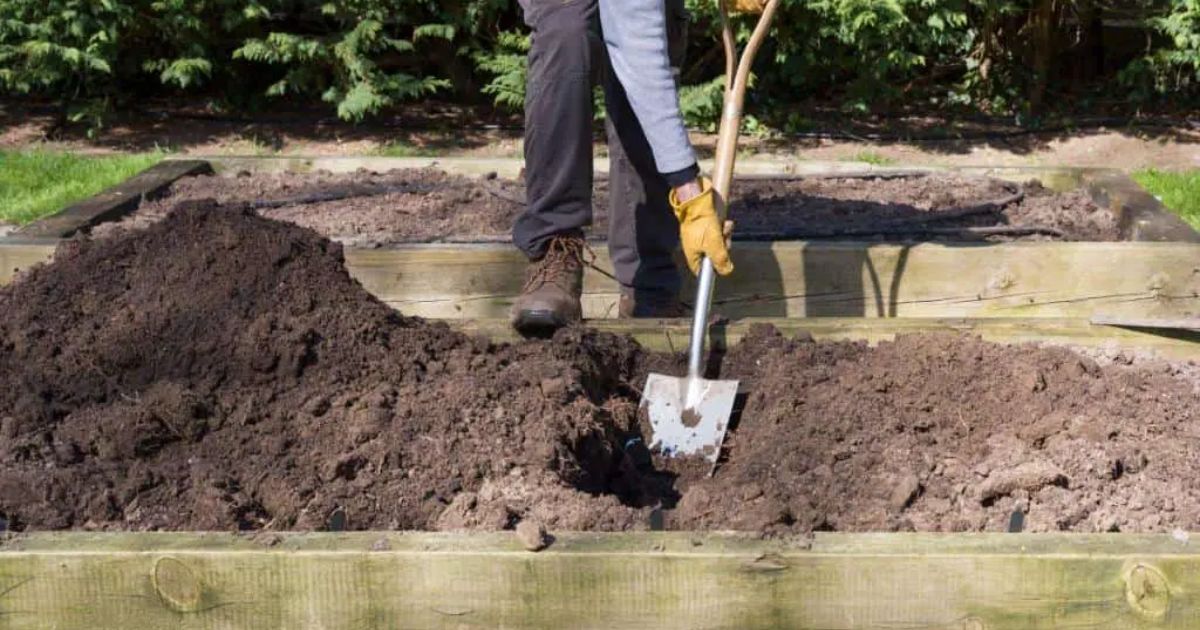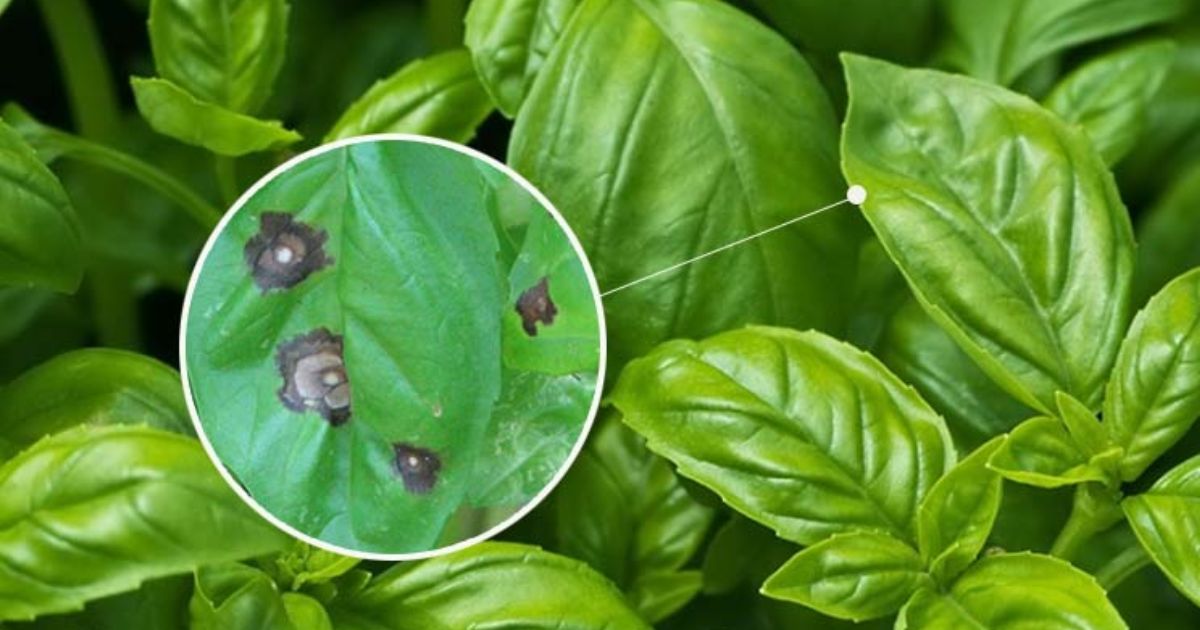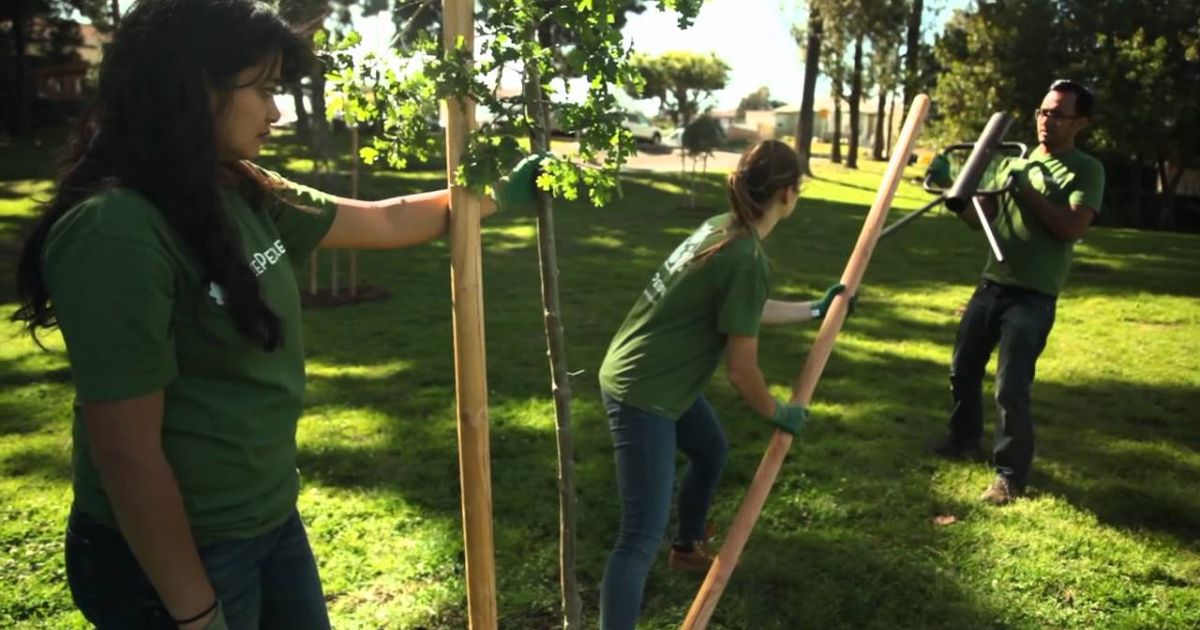Lantana plants are loved for their bright clusters of flowers, long blooming season, and ability to thrive in warm climates. But even though they are known for being hardy and low-maintenance, lantanas can sometimes develop problems, one of the most common being black spots on their leaves. These dark markings not only affect the plant’s appearance but can also signal underlying issues that, if ignored, may lead to disease spread, reduced growth, or even leaf drop.
Understanding what causes black spots and identifying the issue early is the key to keeping your lantana healthy and vibrant. In this guide, we’ll explore the most common reasons behind black spots on lantana leaves and how you can treat and prevent them effectively.
Understanding Black Spots on Lantana Leaves
Black spots on lantana leaves are usually a sign that the plant is under stress, either from disease, pests, or environmental conditions. The size, shape, and pattern of these patches can differ. This often gives clues about the underlying cause. Sometimes the spots are tiny specks caused by insects, while other times they appear as larger, irregular patches linked to fungal or bacterial infections.
In many cases, black spots start on the lower leaves and gradually spread upward if the problem is not addressed. You may also notice additional symptoms such as yellowing, leaf curling, or premature leaf drop, Why Is My Rose Bush Dying which often accompany the spotting.By understanding what these spots indicate, gardeners can take quick action to protect the plant from further damage. Identifying the cause early not only helps restore the plant’s health but also prevents the spread of disease to nearby plants.
Common Causes of Black Spots on Lantana Leaves
Black spots on lantana leaves can develop for several reasons, and identifying the right cause is essential for proper treatment. Below are the most common issues that lead to dark spots on lantanas:
Fungal Infections
One of the leading causes of black spots on lantana leaves is fungal illnesses.
The most common fungi affecting lantanas include Cercospora and Alternaria.
These infections usually start as small dark specks that grow larger over time. High humidity, overhead watering, and poor airflow allow the fungus to spread easily. In severe cases, infected leaves may yellow and drop off.
Bacterial Leaf Spot
Bacterial infections also cause black or dark brown water-soaked spots.
These spots often have irregular shapes and may spread rapidly during warm, wet conditions. Unlike fungi, bacteria can enter the plant through wounds or damaged tissues, making sanitation extremely important. Leaves may appear mushy or wilted around the damaged areas.
Pest Infestations
Certain insects can create black spots when they feed on leaves or leave waste behind.
Common offenders include:
- Spider mites
- Lace bugs
- Whiteflies
These pests suck sap from leaves, causing tiny, dark speckles or stippling. You may also notice sticky residue or webbing, depending on the pest.
Overwatering & Poor Drainage
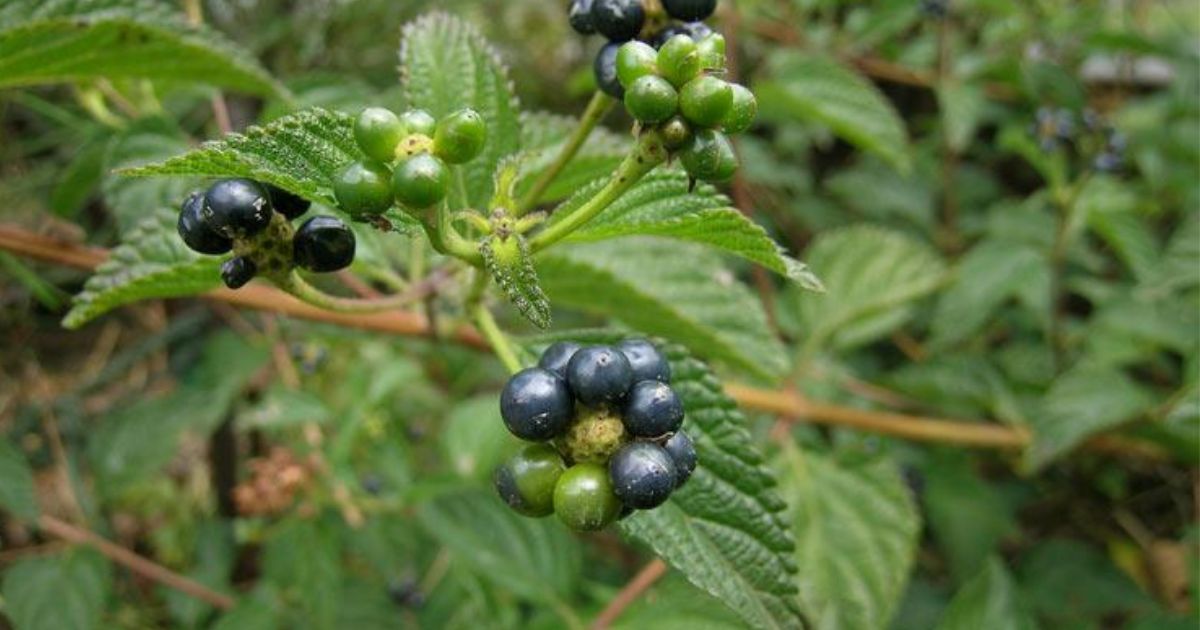
Lantanas dislike soggy soil. When roots remain waterlogged, the plant becomes stressed and more vulnerable to diseases that cause leaf spotting.
Overwatering can mimic fungal symptoms, causing leaves to become soft, wilted, and dotted with dark patches.
Environmental Stress
Sunburn, temperature swings, air pollution, and heavy rainfall can all cause blackened patches on leaves.
Lantanas are generally tough plants, but extreme conditions sometimes cause leaf tissue to die, leaving behind darkened or scorched spots.
Nutrient Deficiencies
The absence of vital minerals, particularly potassium or magnesium, can weaken the plant’s leaf tissue.
This deficiency can lead to discoloration, dark spotting, and uneven leaf color. Although less common than pests or fungi, nutrient issues should still be considered.
How to Diagnose the Exact Cause
Identifying the cause of black spots on your lantana leaves is key to applying the proper treatment. Since multiple problems can cause similar symptoms, a step-by-step diagnostic approach helps you pinpoint the exact issue.
Examine the Shape and Pattern of the Spots
- Small, round, gradually expanding spots → usually fungal.
- Irregular, water-soaked patches → often bacterial.
- Tiny dark speckles scattered across leaves → commonly pest damage.
Look closely at both old and new leaves to see how the problem is progressing.
Check the Underside of the Leaves
Many pests hide under leaves, How to Prune Roses for Healthy Growth and Beautiful Blooms so inspect the underside for:
- Small moving dots (spider mites)
- Sticky residue (whiteflies)
- Tiny dark insects (lace bugs)
Use a magnifying glass if needed; these pests are often problematic to see with the naked eye.
Feel the Soil Moisture
Press your finger 1–2 inches into the soil:
- Constantly wet or soggy soil suggests overwatering or drainage problems.
- Dry but spotted leaves point more toward pests or diseases than moisture issues.
Healthy lantanas prefer soil that dries slightly between waterings.
Look for Additional Symptoms
The plant often shows extra signs that reveal the cause:
- Yellowing leaves → fungal disease or overwatering
- Leaf curling → pests or environmental stress
- Sticky leaves → whitefly or aphid infestation
- Leaf drop → severe infection or stress
The combination of symptoms helps narrow down the issue.
Inspect Recent Care and Environmental Conditions
Think about what has changed recently:
- New fertilizers or soil?
- Heavy rains or heatwaves?
- Has the plant been moved What Causes White Spots on Tomato Leaves to a new location?
- Has watering frequency increased?
Sudden changes often trigger stress-related black spots.
Observe Plant Spacing and Airflow
Crowded lantanas or those planted in shaded corners are more prone to fungal problems.
Poor airflow traps moisture around the leaves, encouraging spores to spread.
By using this step-by-step diagnosis, you can confidently identify the cause of the black spots and take the right action to restore your lantana’s health.
Effective Treatments for Black Spots
After determining the reason behind the black patches on your lantana leaves, the next step is to apply the appropriate treatment. Each cause of fungal, bacterial, or pest-related issues requires a targeted approach to quickly restore your plant’s health.
Treating Fungal Issues
Fungal infections such as Cercospora or Alternaria are common in lantanas, but they can be controlled with proper care.
How to Treat Fungal Spots:
- Prune affected leaves:
- Remove all infected leaves using clean, sterilized scissors to stop the spread.
- Improve airflow:
- Trim nearby plants, avoid overcrowding, and ensure lantanas get good sunlight.
- Use a fungicide:
- Apply a copper-based fungicide or neem oil once every 7–10 days until the spots stop spreading.
- Avoid overhead watering:
- Water the soil directly to keep the leaves dry, especially in humid weather.
Treating Bacterial Leaf Spot
Bacterial infections spread quickly and often look water-soaked or mushy. Small White Spots on Leaves: A Comprehensive Guide Early action is crucial.
How to Treat Bacterial Spots:
- Remove badly affected leaves:
- Dispose of them away from healthy plants.
- Stop misting or overhead irrigation:
- Water only at the base of the plant.
- Apply a copper-based spray:
- Copper is effective against some bacterial infections, but prevention is more effective than cure.
- Keep the area dry and clean:
- Sanitize tools and remove fallen leaves around the plant.
Pest Control Solutions
If insects are causing the spotting, you must treat the pests directly before the plant can recover.
How to Treat Pest-Related Spots:
- Rinse the plant:
- Spray leaves (especially undersides) with intense water pressure to knock off insects.
- Apply insecticidal soap or neem oil:
- Spray once every 3–5 days until pests are gone.
- Look for webs or sticky residue:
- This helps confirm pest type and ensures you focus on the right areas.
- Use yellow sticky traps:
- These help catch whiteflies and reduce their numbers.
Fixing Overwatering & Drainage Problems
Lantanas are drought-tolerant plants; too much moisture leads to stress and disease.
How to Correct Water Issues:
- Let the soil partially dry before watering again.
- Ensure the pot or garden bed has excellent drainage.
- Add sand or perlite to the soil if it stays wet for too long.
- Avoid watering late in the evening to minimize overnight moisture.
Reducing Environmental Stress
Weather extremes and sunburn can cause dark patches on lantana leaves.
What You Can Do:
- Move potted lantanas to a location with bright light but no harsh afternoon sun.
- Protect outdoor lantanas from extreme wind or sudden cold snaps.
- Mulch around the base to maintain a stable soil temperature.
Correcting Nutrient Deficiencies

Lantanas usually don’t require heavy feeding, but balanced nutrition helps prevent spotting.
Treatment Tips:
- Use a balanced slow-release fertilizer once every 6–8 weeks.
- If the leaves show yellowing with dark spots, apply a magnesium supplement (like Epsom salt).
- Improve soil health with compost to strengthen plant immunity.
By applying the proper treatment based on the root cause, you can stop the black spots from spreading and help your lantana recover quickly.
Preventing Black Spots on Lantana
Keeping your lantana free from black spots is much easier than treating them after they appear. With proper care practices and growing conditions, Fungal infections, pests, and stress-related damage can be considerably decreased.
Water Correctly
- Water at the base of the plant, not the leaves.
- Allow the soil to dry slightly between watering—lantanas do not like constantly wet roots.
- Water early in the morning so any moisture on the leaves dries quickly.
Ensure Good Air Circulation
- Space your lantana plants far enough apart so air can move freely between them.
- Prune occasionally to remove overcrowded stems and keep the plant open.
- Good airflow helps prevent fungal spores from settling on leaves.
Give Enough Sunlight
- Lantanas thrive in full sun (6–8 hours daily).
- Too little light can weaken the plant and make it more vulnerable to diseases.
- If growing indoors or in a shaded area, relocate to a brighter spot.
Inspect for Pests Regularly
- Every week, look for whiteflies, lace bugs, and spider mites on the undersides of leaves.
- At the first sign of sticky residue, webbing, or tiny specks, take action.
- Early pest control prevents severe leaf damage and spotting.
Avoid Over-Fertilizing
- Lantanas prefer light feeding; too much nitrogen encourages weak, spot-prone foliage.
- Use a balanced slow-release fertilizer only once every 6–8 weeks.
Improve Soil Health
- Plant in soil that drains properly and has been enhanced with organic matter or compost.
- Avoid heavy clay soils unless amended with sand, perlite, or compost.
- Healthy soil helps produce stronger leaves that are better able to resist infections.
Keep the Area Clean
- Remove fallen leaves regularly to eliminate hidden fungal spores.
- Always clean pruning tools before using them on lantanas.
- Combine cleanliness with pruning to prevent long-term disease.
Protect From Harsh Weather
- During extreme heat or cold, provide temporary shade or cover.
- Reduce watering during prolonged rainy periods to avoid soggy conditions.
By maintaining consistent care and regularly monitoring your lantana, you can significantly reduce the risk of black spots forming. A healthy plant with proper sunlight, watering, and airflow will stay vibrant and disease-free throughout the growing season.
When to Seek Professional Help
While most cases of black spots on lantana leaves can be managed at home with proper care and basic treatments, there are times when the problem becomes too severe or persistent to handle on your own. Suppose you’ve tried pruning, adjusting watering, and using fungicides, insecticides, or neem oil, but the spots continue to spread. In that case, it may be time to get help from a gardening professional or plant expert.Additionally, consider seeking expert help if several plants in your garden are showing similar symptoms. 7 Tips for Tree Disease Black Spots Leaves This may indicate a more aggressive fungal or bacterial disease that requires stronger treatments or a more precise diagnosis. Professionals can identify the exact pathogen under a microscope and recommend advanced solutions that aren’t always available to home gardeners.
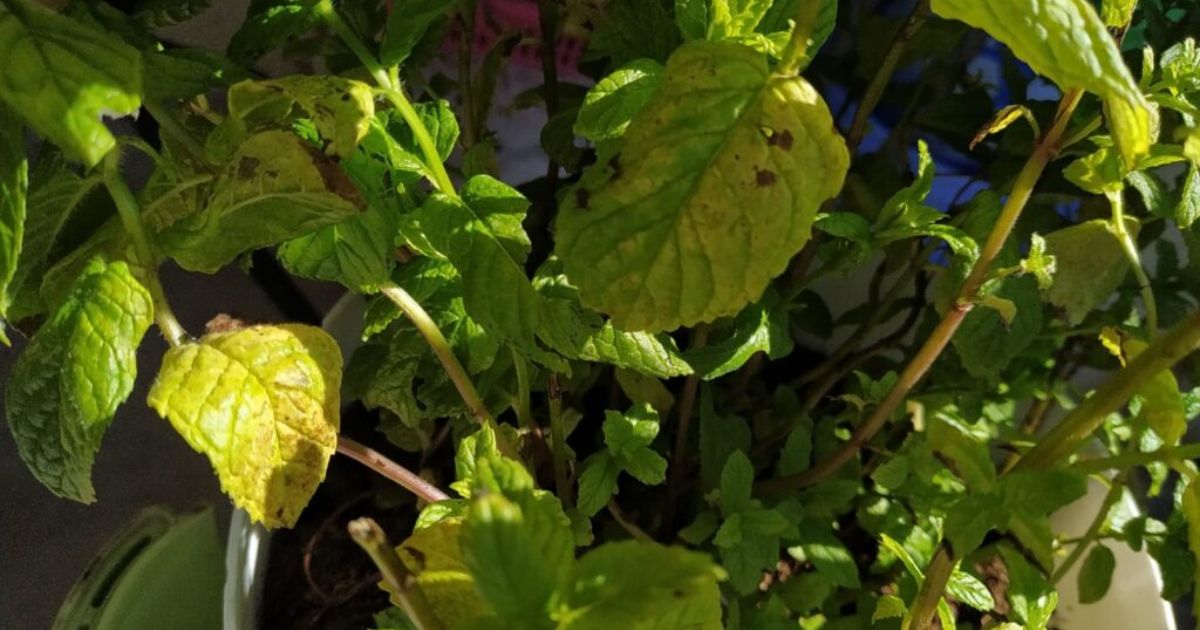
Additionally, if the plant is valuable, part of a large landscape, or located near other sensitive species, expert help can prevent further damage and protect the entire garden. Severe pest infestations, especially lace bugs or spider mites, may also need intervention if they reappear even after repeated treatments.Reaching out to a plant specialist early can save your lantana from complete decline and stop the issue from spreading to other healthy plants nearby.
Conclusion
Black spots on lantana leaves can be alarming, but they’re usually a sign that your plant needs a little extra care. Whether the cause is fungal infection, bacterial disease, pests, overwatering, or environmental stress, identifying the problem quickly is the key to restoring your lantana’s health. By following proper watering practices, ensuring good airflow, regularly checking for pests, and maintaining healthy soil, Most problems can be avoided before they arise.
With the proper treatment and consistent care, your lantana can bounce back, producing vibrant blooms and lush foliage once again. And if the problem becomes too severe to manage on your own, seeking professional help ensures your plant and your garden remain healthy and thriving.
FAQ
Why does my lantana have black spots on its leaves?
Black spots are usually caused by fungal infections, bacterial leaf spot, pest damage, overwatering, or environmental stress. Identifying the pattern and additional symptoms helps determine the exact cause.
Can black spots on lantana spread to other plants?
Yes. Fungal and bacterial diseases can easily spread through splashes of water, wind, or contaminated tools. That’s why removing infected leaves and improving airflow is essential.
How do I know if pests are causing the black spots?
Check the undersides of the leaves. If you see tiny insects, sticky residue, or webbing, pests like spider mites, lace bugs, or whiteflies are likely responsible.
Should I cut off leaves that have black spots?
Yes. Removing infected or heavily damaged leaves helps stop the spread of disease and improves the plant’s overall health. Always disinfect your tools afterward.
What is the best treatment for fungal leaf spot on lantana?
Copper-based fungicides, neem oil, and pruning infected leaves are the most effective treatments. Improving sunlight and airflow also helps the plant recover faster.

